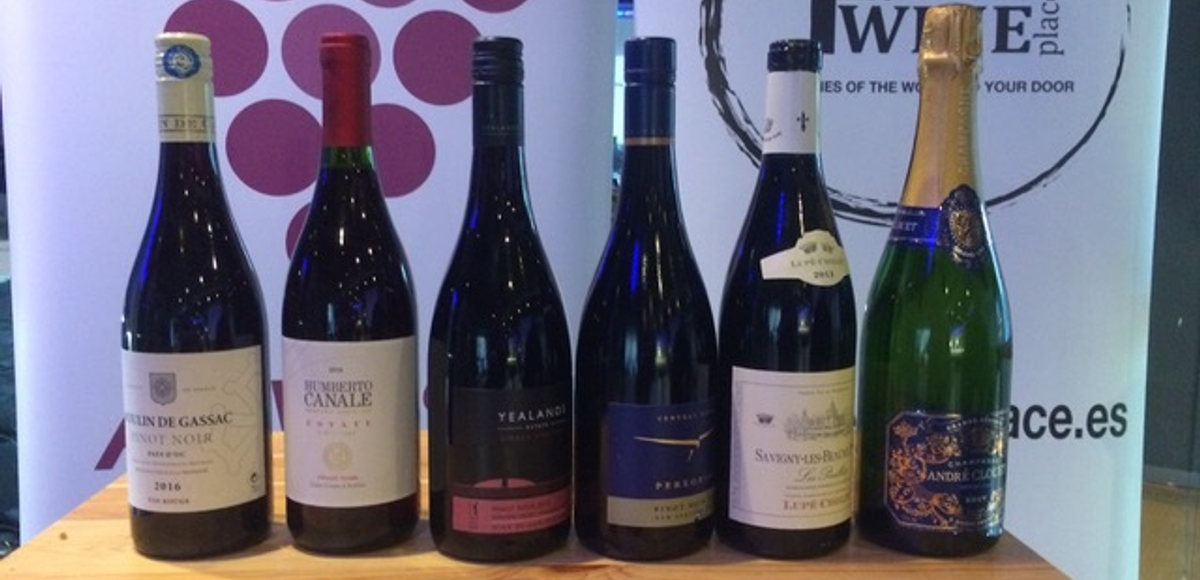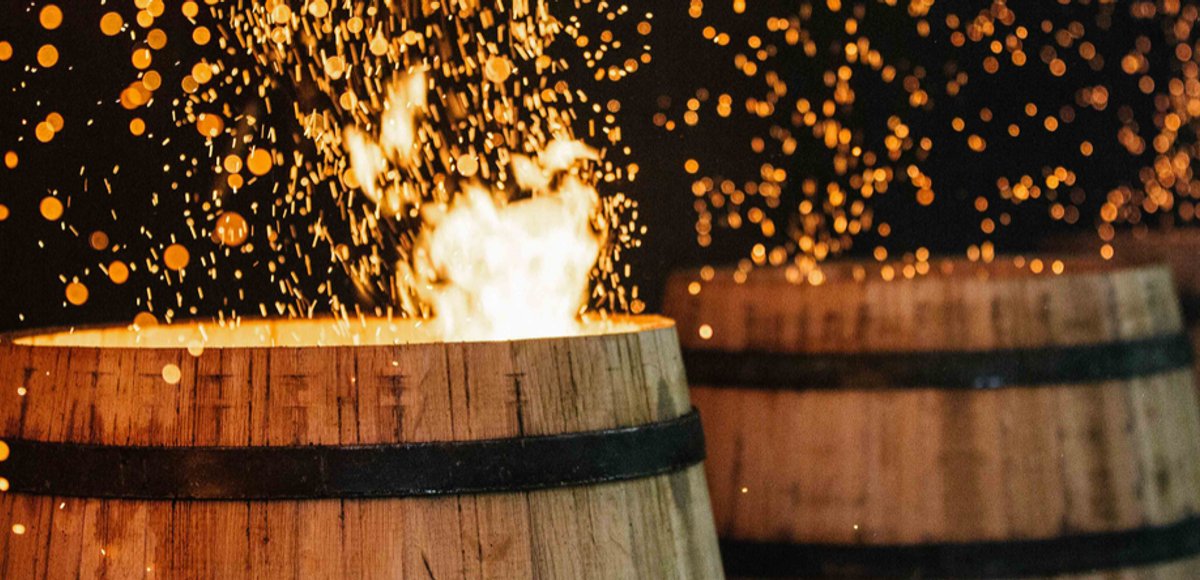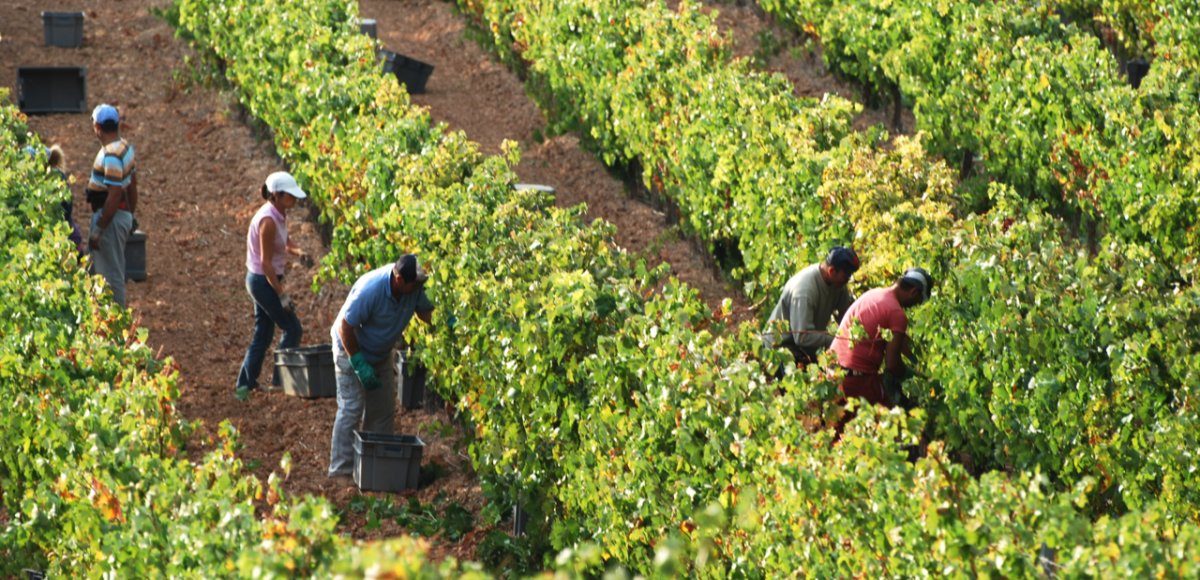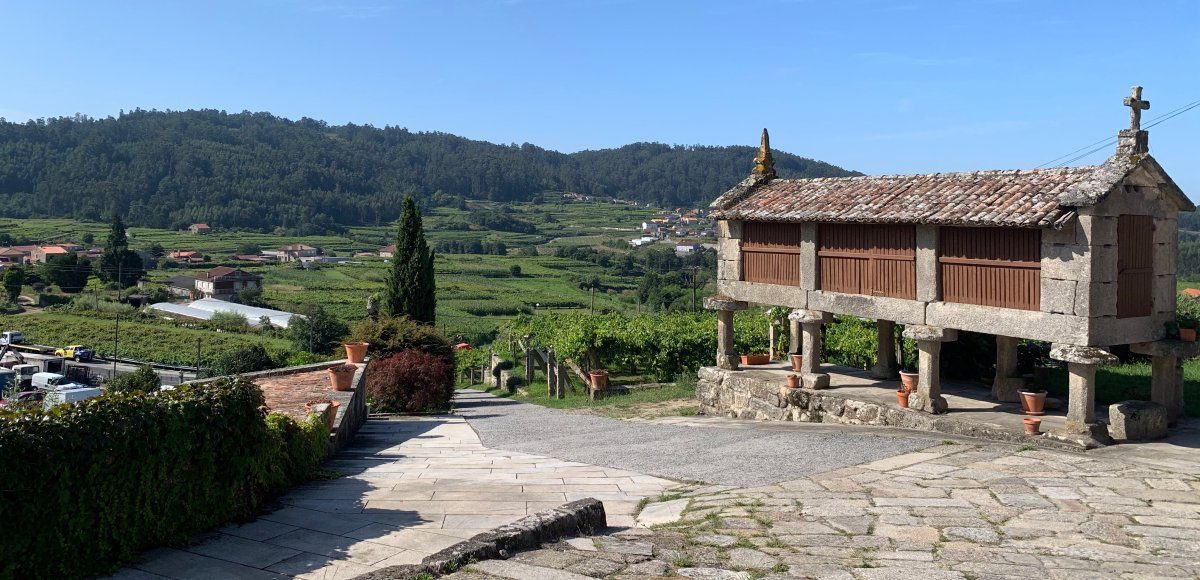There is no other grape that can make wine lovers go crazy with excitement or be a huge disappointment as Pinot Noir. It is the Picasso of the grape world; genius, subtle, beautiful, dramatic, dreamlike. Many, like me, love it others just don’t get it.
A tasting note of a fine Pinot Noir from a cool climate would say it is delicate with red berry and floral aromas with a hint of smokey, earthiness. On the palate it is smooth and silky yet with a firm acidity and rich red fruit flavours, subtle tannins and a long graceful finish. Also, it is a great wine to combine with a wide range of foods, including salmon or other meaty fish, roast duck or chicken, stews, or a pizza.
It needs a cool climate to flourish. Many of the finest Pinots come from Burgundy in France, New Zealand, notably the regions of Martinborough, Marlborough and Central Otago, which is the most southern wine growing region in the world. Also, Oregon in the USA produces fine Pinots as well as Germany, where it is known as Spätburgunder.
Pinot Noir is a problematic grape that is more susceptible than other grapes to changes in heat, soil, rainfall, amount of sunlight. Consequently there is much greater variation in quality as Pinot Noir can often disappoint and frustrate wine drinkers because of its inconsistency depending on the vintage and many other factors.
It expresses the terroir from where it is grown. This is one of the reasons why in Burgundy, the home of many of the most expensive wines in the world, such a Domaine de la Romanee Conti (known as DRC) Gran Cru which will set you back thousands of euros, the vineyards growing the Pinot Noir, not the winery itself, are classified. This is very significant because subtle differences in the conditions I mentioned above can result in huge differences in style and quality from vineyards that are very close to each other.
The price of Pinot Noir tends to be higher than other wines because of vintage variations in the regions where the best fruit is grown. Other notable factors are small yields are required for the best wines, it has to be treated carefully in the winery with a gentle fermentation, if too hot the delicate aromas will be lost. Ageing in oak adds complexity to the wine but it has to aged for just the right amount of time, if left for too long the oak with overwhelm the fruit. It is a balancing act that requires experience and a deep knowledge of the vineyards and wine making skill to make the best wine given that each year is different.
You may not be aware that Pinot Noir is also one of the main components of Champagne, along with Chardonnay and Pinot Meunier. In fact where conditions are right to grow Pinot Noir you will also find top quality Chardonnay, as is the case in Burgundy and Oregon and Tasmania in Australia.










